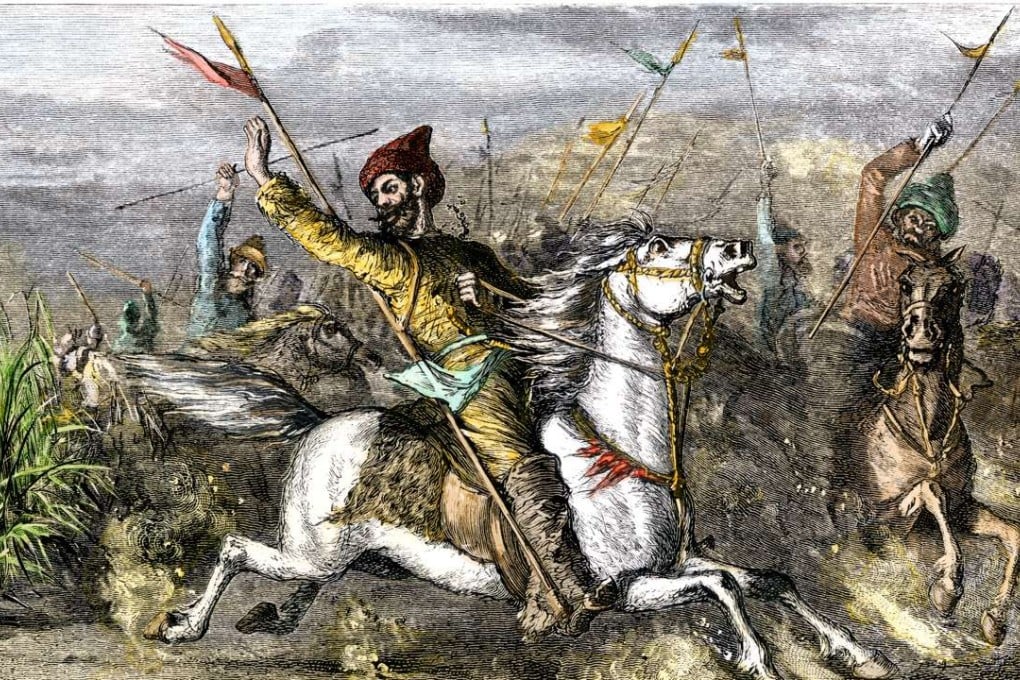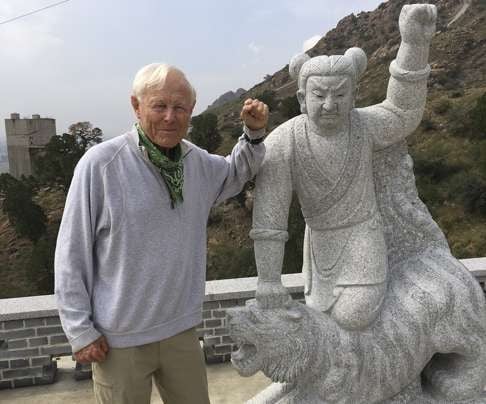‘They’re all wrong’: 86-year-old explorer leads new hunt for Genghis Khan’s tomb on ‘Mountain X’
With advancing technology, the race to find the burial place of the Mongolian conqueror is gaining momentum. Former Explorers Club president Alan Nichols is leading a new hunt for Khan’s tomb at a place he calls Mountain X

For nearly 800 years, archaeologists, treasure hunters, scientists, and explorers have been searching for the tomb of 13th century Mongolian emperor Genghis Khan. Many have dedicated their lives to the search, and yet no one has found him.
The problem is, according to 86-year-old American explorer, author and lawyer Alan Nichols, they’re all looking in the wrong place.

Most previous efforts to find the resting place of the founder of the Mongol empire have concentrated on Burkhan Khaldun, a sacred mountain in the Khentii province of northeastern Mongolia. Khan is believed to have been born near the mountain, which is thought to have served as a spiritual refuge for him.
“That’s where all the modern guys are,” says Nichols. “[National Geographic adventurer] Albert Lin is up there, [archaeologist Maury] Kravitz was there, the Japanese and a whole bunch of smaller searches. They’re all wrong.”